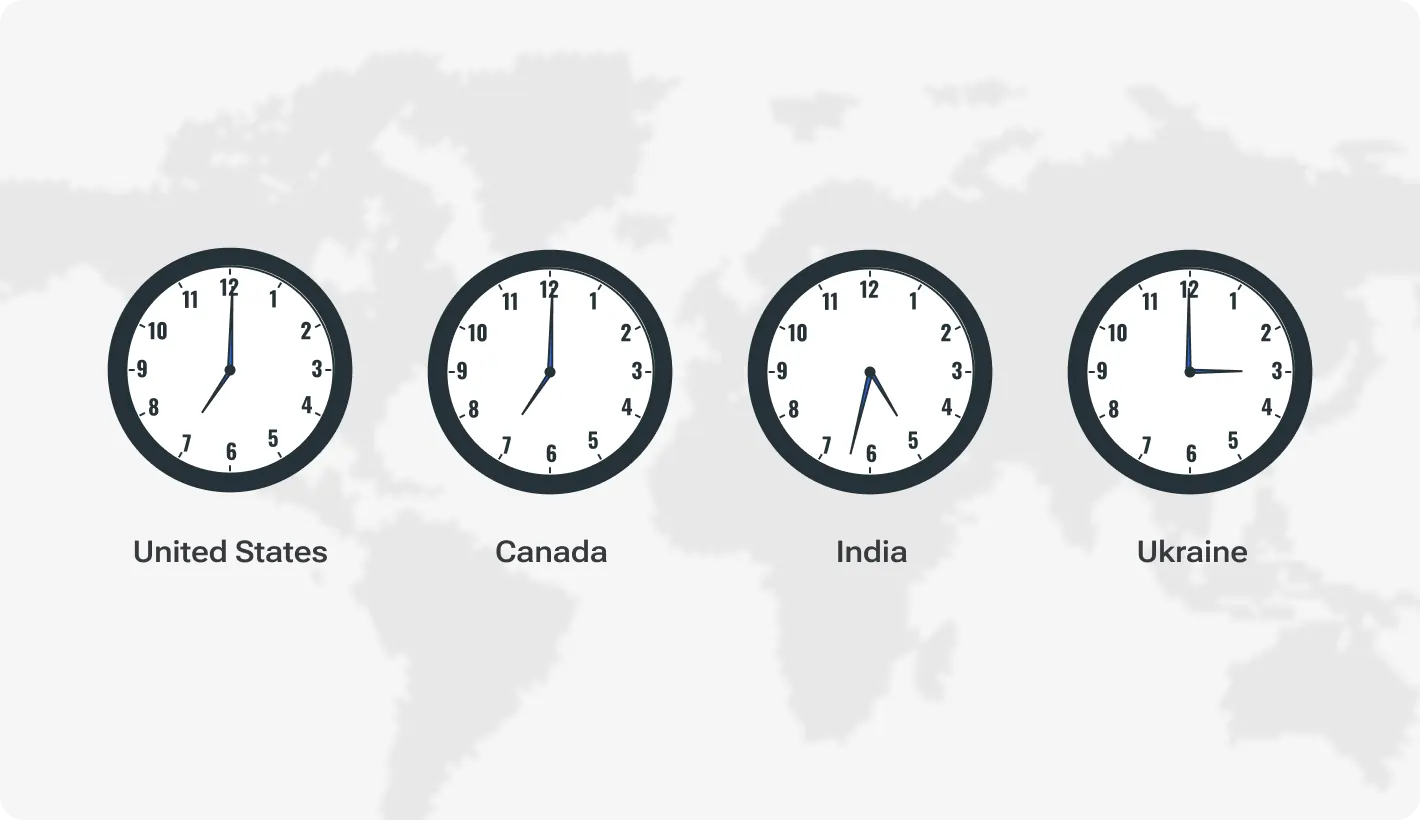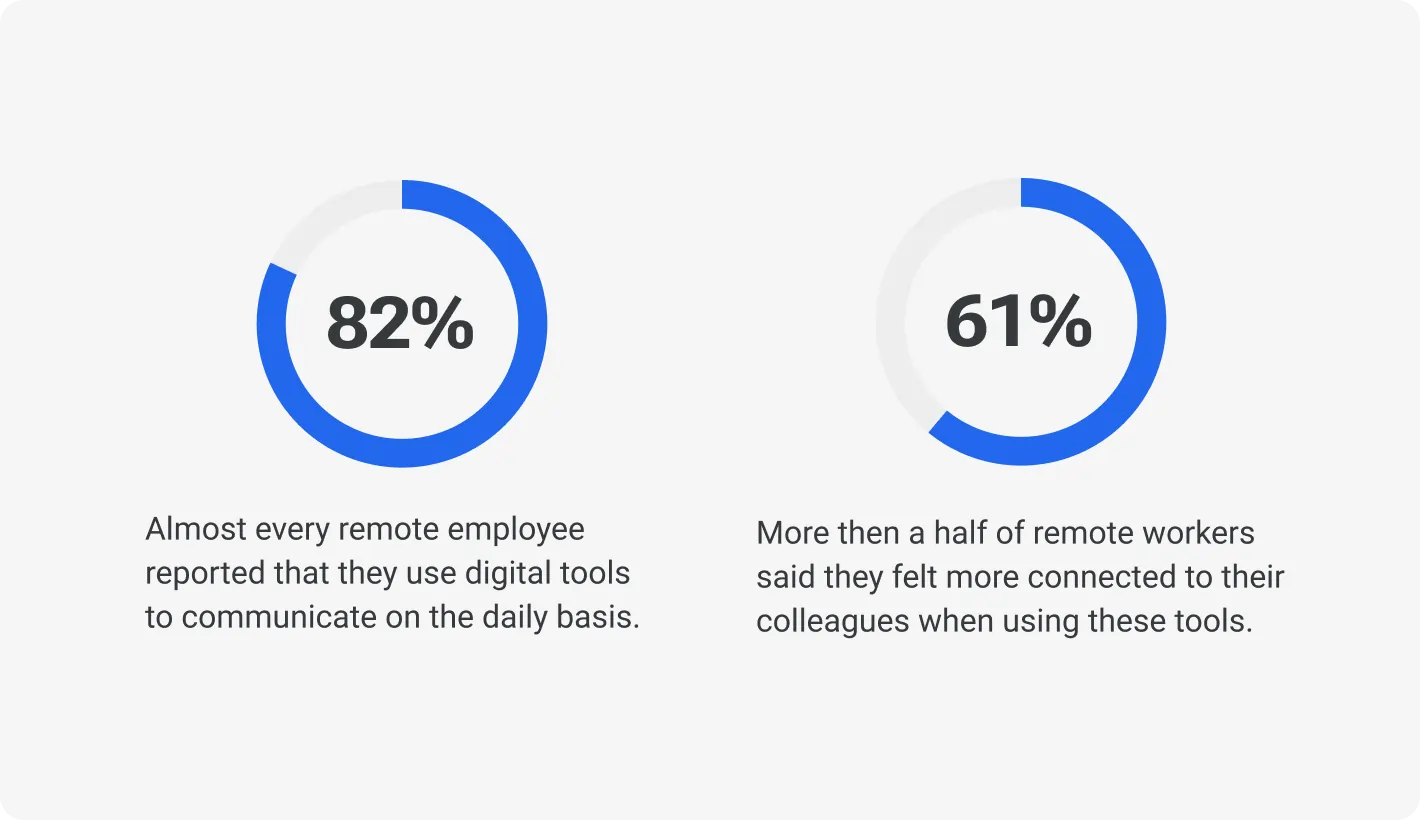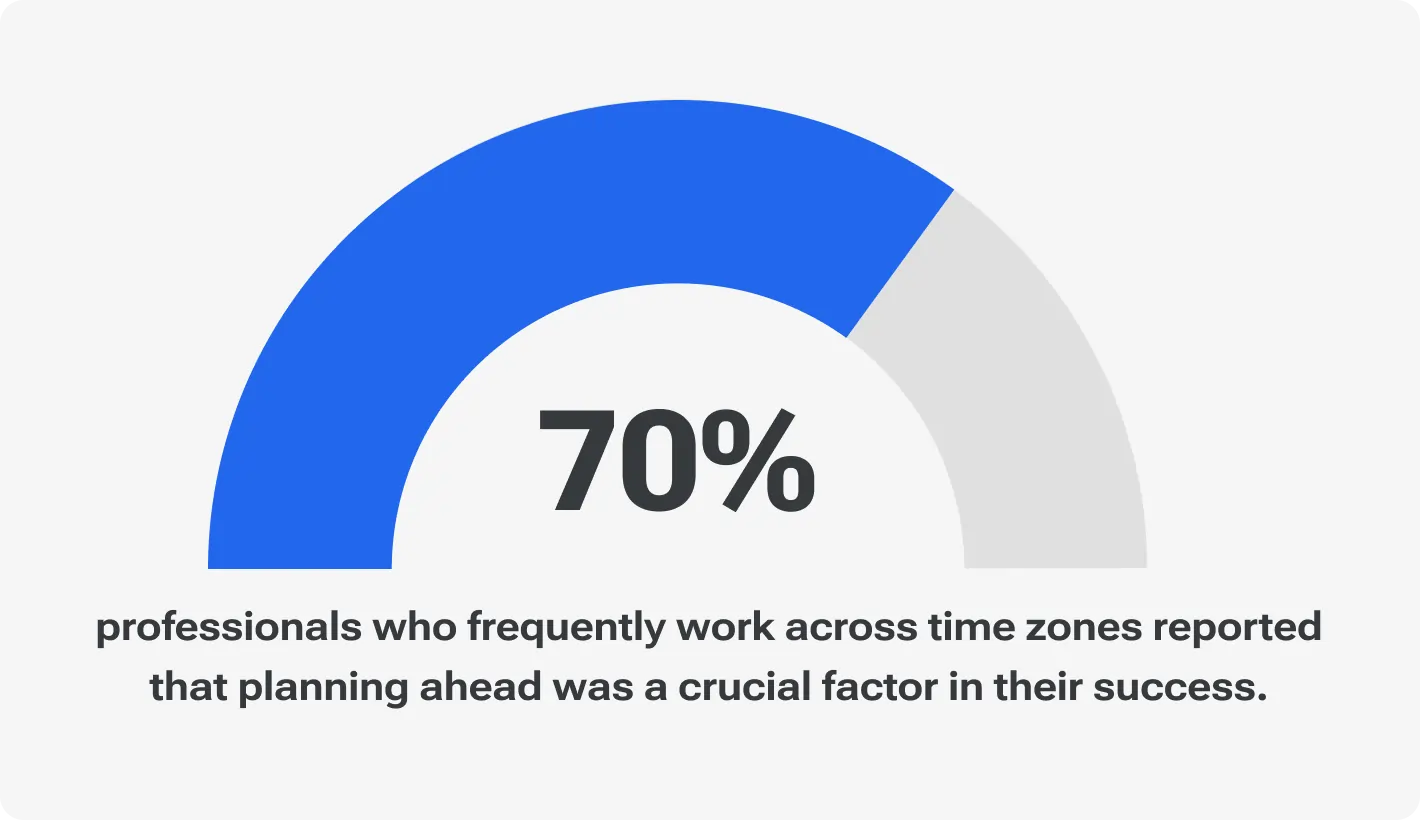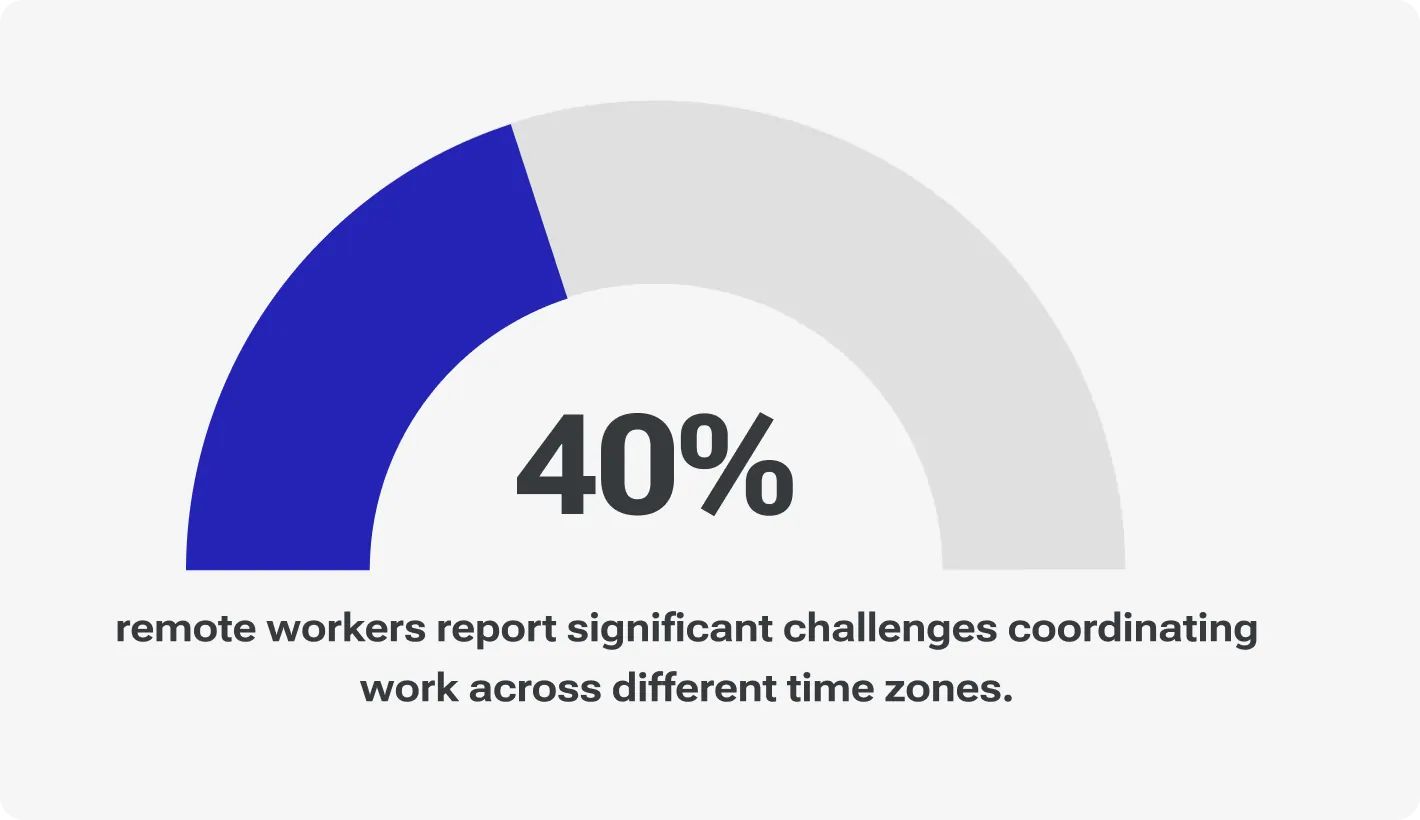Outsourcing to Czechia

How much does it cost to hire developers in Czechia?
Dec 2nd 25 - by Devico Team
Find out how much it costs to hire software developers in Czechia in 2025. Compare hourly rates, roles, and factors that impact pricing.
Hire
Hire by role
Hire Front-end developers
Hire Back-end developers
Hire Full-stack developers
Hire Android developers
Hire iOS developers
Hire Mobile developers
Hire AI engineers
Hire ML engineers
Hire Automation QA engineers
Hire Blockchain developers
Hire Data engineers
Hire Cloud engineers
Hire by skill
Hire JavaScript developers
Hire TypeScript developers
Hire Ruby on Rails developers
Hire React Native developers
Hire Flutter developers
Hire Golang developers
Hire React.js developers
Hire Python developers
Hire PHP developers
Hire .NET developers
Hire Java developers
Hire Laravel developers

Staff augmentation
February 13, 2025 - by Devico Team
Summarize with:
Can you picture your project moving forward while you sleep? That’s the power of working across time zones.
No wonder the global outsourcing industry hit $280.6 billion in 2023, even with offshore development timezone issues, with the U.S. alone outsourcing 300,000 jobs each year, feeding a market worth $85.6 billion.
When managed well, challenges of working in different time zones stop being a hurdle and start becoming a growth engine.They unlock continuous collaboration, faster delivery, and a sharper competitive edge.
In this article, we’ll dive into how to harness time-zone advantages, share practical tips for working in different time zones, and address the common concerns businesses face when managing global teams.
Challenges of working in different time zones are often viewed as hurdles to overcome in the offshoring process. However, these time differences can serve as a strategic advantage for businesses looking to operate efficiently and effectively on a global scale.
Amazon, for example, a titan in the e-commerce industry, widely recognized for its innovative approach and exceptional customer service. In the first quarter of 2024, Amazon reported a staggering $143.3 billion in revenue, a testament to its adept business strategies. What many may not know is that a significant part of this success is attributed to the company's ability to handle time zone differences with offshore team operations.
Amazon has strategically relocated its call centers to South Africa, using the expertise of numerous experienced customer service firms in the region. This move not only improves the customer experience by offering 24/7 support but also capitalizes on the time-zone difference to ensure that customer inquiries are promptly addressed, regardless of when they arise.
Moreover, Amazon has also outsourced its research and development (R&D) activities to a Ukrainian startup specializing in home security systems. By offshoring R&D, Amazon gains access to exceptional talent at a cost-effective price point, which allows it to innovate rapidly while maintaining a competitive edge in the market.

This raises a question: how can your business similarly benefit if you learn to handle time zone differences with offshore team members effectively? Aligning teams across various regions, you can facilitate continuous workflow, foster innovation, and enhance productivity.
As businesses increasingly embrace globalization, understanding the strategic advantages of working across time zones becomes essential. Contrary to common perception, these time zone barriers can serve as powerful assets in the realm of outsourcing. If used correctly, time-zone differences can help optimize operations and even increase the productivity and innovation of teams.
In this section, we will look into five key benefits of leveraging offshore time in your outsourcing strategies.From enabling round-the-clock productivity to fostering a diverse skill set, each advantage highlights how businesses can create a more agile and responsive workforce. When capitalizing on the unique strengths of global teams and effectively working in different time zones, companies can unlock new opportunities for growth and efficiency.
Having teams across time zones ensures that business operations do not experience stoppages and creates a model for round-the-clock productivity. This geographical advantage allows a company to maximize the value of working across time zones by using the work hours of different teams in various regions.
For instance, an IT company, headquartered in New York, had its development teams in India and customer support representatives in the Philippines. When the New York team finishes work at 5 PM EST, their colleagues in India have just begun working.
So, any inquiries from customers coming in during off-hours in the U.S. get immediate action from the Filipino team before the sun rises in New York. When the U.S. team comes back to work the next day, they have a new line of communication filled with answered questions, increasing responsiveness and efficiency in general operations.
The result is continuity in service for customers, as the business handles requests unbroken by the usual downtime that occurs with traditional work hours.
59% of companies outsource mainly to reduce costs, despite occasional offshore timezone issues. Offshoring work to countries with an overlap in work hours can greatly reduce the overhead and labor costs. This especially favors companies in such cases that want high production while putting minimum expense on the inputs.
For example, a Toronto-based company decides to outsource some of its back-office operations to a team in Jamaica. Given the fact that Canada and Jamaica share the time zone and their work culture similarities, the firm finds that they can communicate effectively and maintain a productive workflow. Staff augmentation services in Jamaica is a great option, as the firm opts for labor costs that are considerably lower than those in Canada.
For instance, an entry-level analyst in Canada may command a salary of CAD 50,000, while a comparable analyst in Jamaica might request CAD 25,000 for similar work. This is a huge cost reduction that may enable the firm to reinvest those savings into other areas of the business, such as technology upgrades or better employee benefits, and foster growth.
57% of companies outsource to focus on their main business activities, often relying on time zone differences software outsourcing to do so. It means that the “follow-the-sun” model of team collaboration across time zones will be a great option for many companies. As their day shifts to one time zone from another, work smoothly flows between teams, helping in avoiding slowdowns of projects.
Let's say there is a startup based out of California that works with both Europe- and Asia-based teams to develop its products. When the team in California goes home for the day, it transfers the work to colleagues in Germany, who start their shifts five hours ahead. When the German team is done with the work, it sends the updates to the Korean team. Work processes never stop.
So, if the California team finishes designing the user interface by 5 PM, for instance, then the German team starts the work and develops new features, as the time difference between two countries is 9 hours. And by the time the Korean team goes to work, German developers will finish their part, so the Korean QA team can focus on testing the product. This smooth handover accelerates the whole project cycle for faster delivery to the market.
Hiring through outsourcing companies allows businesses to tap into a global talent pool while solving the challenges of working in different time zones.This strategy increases companies’ scale of resources by demand. This flexibility allows companies to easily make workforce adjustments that can meet their expectations. For instance, a fintech company in London experiences a surge in demand for their services during the holiday season.
To manage the increased workload without overwhelming their local team, they decide to hire additional freelancers from the Philippines. The time zone difference means that while the London team works during the day, the team from the Philippines works night shifts, allowing for real-time collaboration without backlogs.
This dynamic approach enables the company to seamlessly scale its operations and maintain high service levels without the constraints of local labor shortages or seasonal hiring challenges. Choosing the right outsourcing companies makes this possible.
With continuous work on features, and despite some offshore timezone issues, feedback loops are tightened, enabling faster iterations and quicker time-to-market. With continuous work on features, feedback loops are tightened, enabling faster iterations and quicker time-to-market for products.
Consider a multinational healthcare company developing a new digital solution for hospitals. The design group works in Michigan, the development group is based in Poland, and their QA department resides in Japan.
Using outsourcing with time-zone differences allows companies to maintain continuous operations and helps them achieve significant cost savings, increase productivity, employ flexible staffing solutions, and shorten project timelines.
These factors position businesses effectively in competitive markets, enabling them to respond swiftly to customer needs, innovate rapidly, and succeed in the global economy. Companies can develop a sustainable and agile operating model by using global resources in the right manner that drives long-term growth.
Managing teams across different time zones can be challenging, but learning how to handle time zone differences with offshore team members also creates great opportunities for collaboration and productivity.To help you navigate these differences effectively, here are some simple tips to make working with global teams smoother and more efficient.
With team members scattered across the globe, project managers often face the challenges of working in different time zones while trying to coordinate effectively.
Imagine a project manager in New York trying to oversee a team of Ukrainian developers. The 7-hour time difference poses a significant obstacle to effective communication and collaboration. Constant updates, lengthy emails, and back-and-forth conversations become the norm, disrupting the team's workflow and stifling productivity.
For remote developers, working in a micromanaging environment can be frustrating. They value autonomy and believe they can deliver high-quality results without being closely monitored. However, when their project manager is thousands of miles away and working through their local nighttime, it's challenging to get the guidance and oversight they need.
So, how can teams break free from the constraints of micromanagement? By empowering team members to take ownership of their work, project managers can foster a sense of trust and autonomy. This approach allows teams to work independently, making progress at their own pace, while also being more responsive to each other's unique challenges.
Agile methods can greatly improve teamwork and help overcome offshore development timezone issues by encouraging flexibility and collaboration. This approach helps teams make progress in small steps, so they can adapt and make changes without waiting for long feedback periods, which can be delayed due to time zone differences.
How to choose a staff augmentation partner?
In an Agile setup, a project is divided into two-week “sprints.” Each team can set their own goals while still working toward the same overall project aim. Daily updates can be shared using tools like Slack or Trello, where the U.S. team can provide their updates in the morning, and the Indian team can respond at the start of their day.
At the end of each sprint, teams can hold a meeting to discuss feedback from everyone, regardless of where they are. This way, all team members stay engaged and can improve continuously, even when working at different hours.
While online meetings can facilitate real-time communication, they often highlight the challenges of working in different time zones, leading to fatigue and wasted time. It’s vital to keep a balance to ensure that meetings are purposeful, and that team members are not overwhelmed, especially in a distributed environment.

Rather than holding daily meetings that may require some members to join late into their evening or early in the morning, consider using asynchronous communication tools as alternatives. Platforms like Microsoft Teams or Asana allow team members to post updates, seek feedback, and share ideas without requiring everyone to be online simultaneously.
A project manager can post updates, and team members can respond when convenient, fostering efficient communication without the constraints of scheduling conflicts. This approach respects individual work rhythms and strengthens productivity while still ensuring everyone is informed and engaged.
Establishing clear time zone policies is essential for setting expectations and solving recurring offshore timezone issues around availability, deadlines, and schedules. These policies create transparency and a better understanding among team members on how to collaborate effectively across time zones.

A project team might establish a guideline that team members will be available for real-time collaboration only during overlapping work hours, say from 10 AM to 2 PM between U.S. Eastern Time and Central European Time. Outside these hours, team members will rely on asynchronous communication tools for updates and feedback.
Additionally, deadlines should consider time zone differences—when setting project delivery dates, the team could decide that no deadlines will fall on a day when significant portions of the team are unavailable due to major time differences or holidays. Clear policies help minimize confusion and ensure that everyone is on the same page regarding expectations and responsibilities.
Precise documentation is crucial for minimizing miscommunication when working across time zones in distributed teams. When team members are in different time zones, the risk of misunderstanding increases, making detailed documentation even more critical.

When starting a new project – like developing a Software as a Service (SaaS) product – a detailed project brief is key. This document should include important components such as goals, deliverables, timelines, and who is responsible for what. For example, if your team is launching a new feature for a SaaS application, the project brief should specify:
Objectives. What does this feature do? For instance, it might allow users to generate reports from their data.
Deliverables. What will the team produce? This could include the feature design, user interface mockups, and testing scripts.
Timeline. Clear deadlines for different stages—like when design will be completed, when development starts, and when testing is expected.
Individual responsibilities. Who is in charge of what? For example, one developer may handle the backend coding, while another focuses on the frontend design.
Key metrics for evaluating staff augmentation success
Having this information organized in a shared platform like Google Docs or Confluence allows everyone – whether they are in Ukraine, the U.S., or anywhere else – to access the same documents at any time. This way, everyone understands the project goals and what is expected of them.
Let's say your SaaS company wants to add a new reporting feature to your application. If your project manager is in New York and your developers are in Ukraine, effective documentation becomes even more crucial.
To kick off the project, the project manager creates a clear document that outlines: Objectives; Deliverables; Timeline; Who’s Responsible.
By keeping this document updated and making it easy for everyone to access, developers in Ukraine can look at the project details anytime, even if they can’t have a real-time meeting with the project manager. If a developer has questions about the report functionality, they can check the documentation instead of waiting for a response in an asynchronous meeting.
Using platforms like GitHub for documentation can also help keep things clear as the project progresses. For example, if there are updates to the reporting feature, having a dedicated page that outlines these changes, along with any new instructions or user guides, ensures everyone knows what’s happening.
With good documentation as priority, teams can work effectively across time zones and improve the chances of project success. Regularly updating these documents not only enhances clarity but also increases team alignment, which helps to prevent mistakes.
Working across time zones can help reach higher productivity and a greater capacity of teams if done well. Encouraging a culture of trust, using Agile, limiting online meetings, developing clear time zone policies, and defining requirements well – as the ways how businesses can address the challenges and reap the rewards of offshoring teams. Emphasizing these practices will further improve collaboration and build an inclusive environment in which all team members feel valued and empowered, irrespective of geographical location.
It's a common concern that managing staff while working in different time zones can lead to a loss of control. However, with the right strategies in place, you can maintain oversight without resorting to micromanagement. If you are wondering how to manage an offshore team, you can do the following:
Establish robust communication channels, such as Slack, Microsoft Teams, or project management tools like Asana or Trello. Encourage open lines of communication where staff can easily share updates and ask questions.
Define roles, responsibilities, and goals clearly. This helps staff understand what is expected of them and how their work aligns with the overall objectives of the project.
Schedule regular check-ins that consider offshore timezone issues and time differences. Weekly or bi-weekly meetings can help ensure that everyone is aligned and allows for the sharing of progress, challenges, and ideas.
Make use of collaborative tools like Google Workspace, Jira, or Notion that allow team members to document their progress, which can be reviewed asynchronously. This transparency helps you stay informed without needing constant updates.
Empower your team by trusting them to make decisions and manage their own time. This fosters a sense of ownership and responsibility.
Create a shared calendar that includes everyone's time zones. This cultural sensitivity ensures that meetings and deadlines are planned with everyone’s schedule in mind, minimizing stress and confusion.
Establish key performance indicators (KPIs) that focus on results rather than hours worked. This shift in focus encourages productivity without the need for constant supervision.
Top staff augmentation company must understand the challenges associated with offshore development and offers tailored solutions to help you leverage the benefits of a distributed team:
Agile methodologies: utilizing agile methodologies, allows for real-time adjustments and quick turnaround times, fostering a collaborative environment that can adapt to changes.
State-of-the-art tools: the company provides access to the latest project management and collaboration tools, ensuring that all team members have a clear view of project timelines, task assignments, and progress updates.
Time zone coordination support: coordinating meetings and deadlines, considering the various time zones of team members to ensure that everyone can participate meaningfully.
Transparent reporting: regular reporting and dashboard updates provide you with a clear view of project health, resource allocation, and timelines.
With Devico, you’ll get dedicated teams across time zones without the pain of micromanagement – just results, trust, and productivity.
Ready for a team that works around the clock? Let’s build it together.
Outsourcing to Czechia

Dec 2nd 25 - by Devico Team
Find out how much it costs to hire software developers in Czechia in 2025. Compare hourly rates, roles, and factors that impact pricing.
Outsourcing to Czechia

Nov 25th 25 - by Devico Team
Compare Czechia and Poland for software outsourcing in 2025. Discover costs, talent, infrastructure, and which country fits your project best.
Outsourcing to Czechia

Nov 18th 25 - by Devico Team
A complete guide to outsourcing software projects to Czechia, learn about costs, talent, benefits, and how to build successful partnerships in 2025.